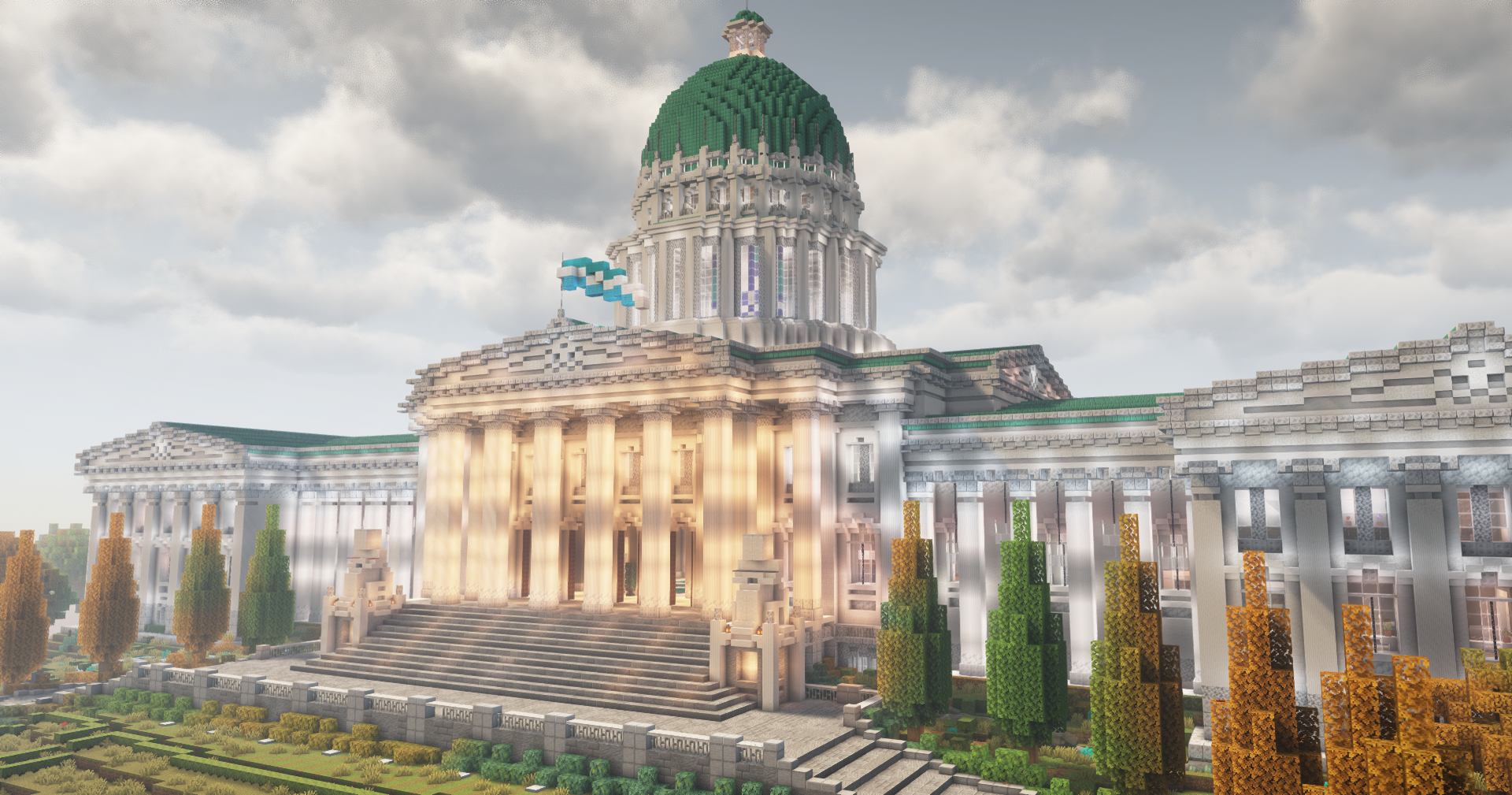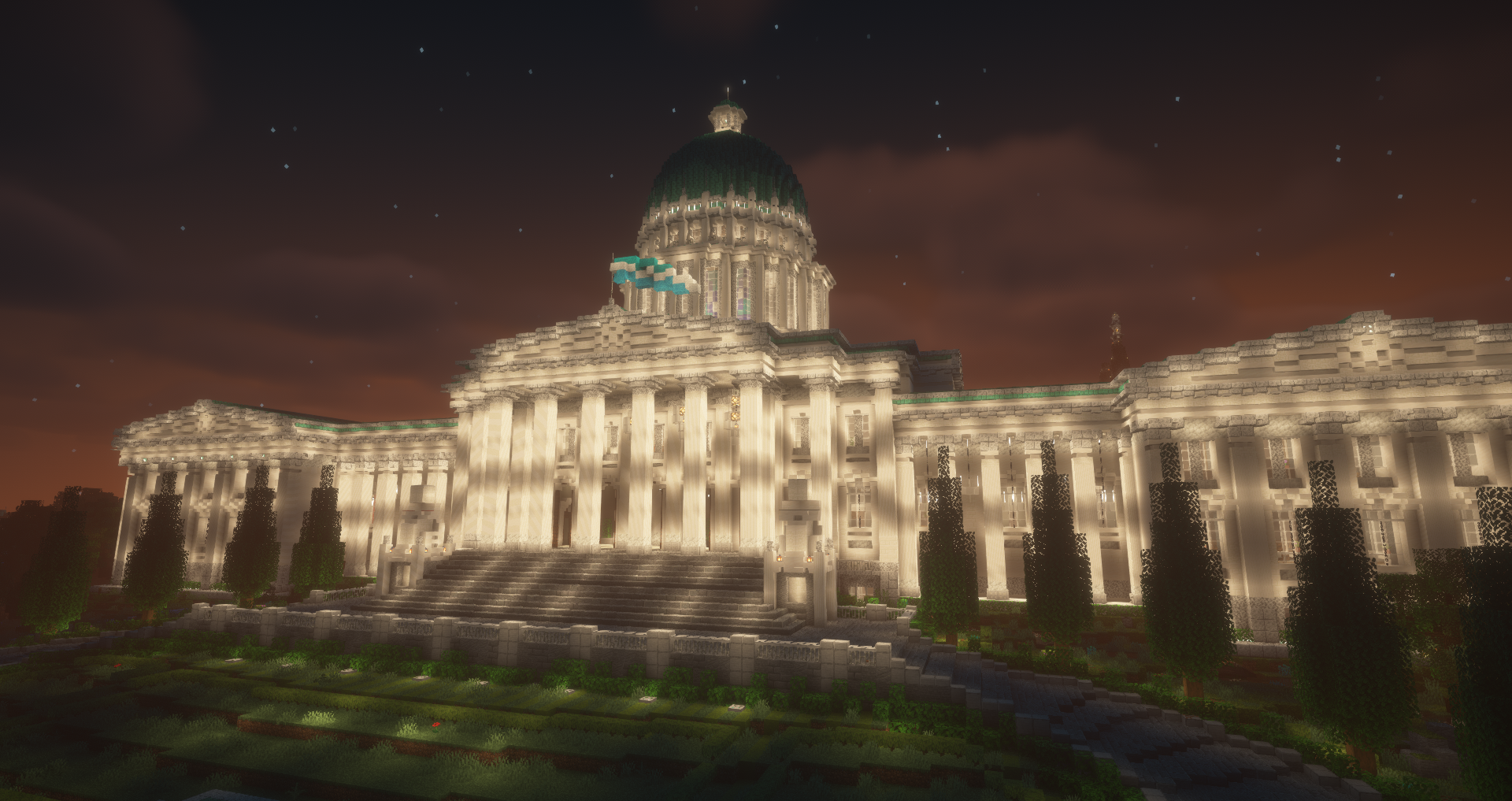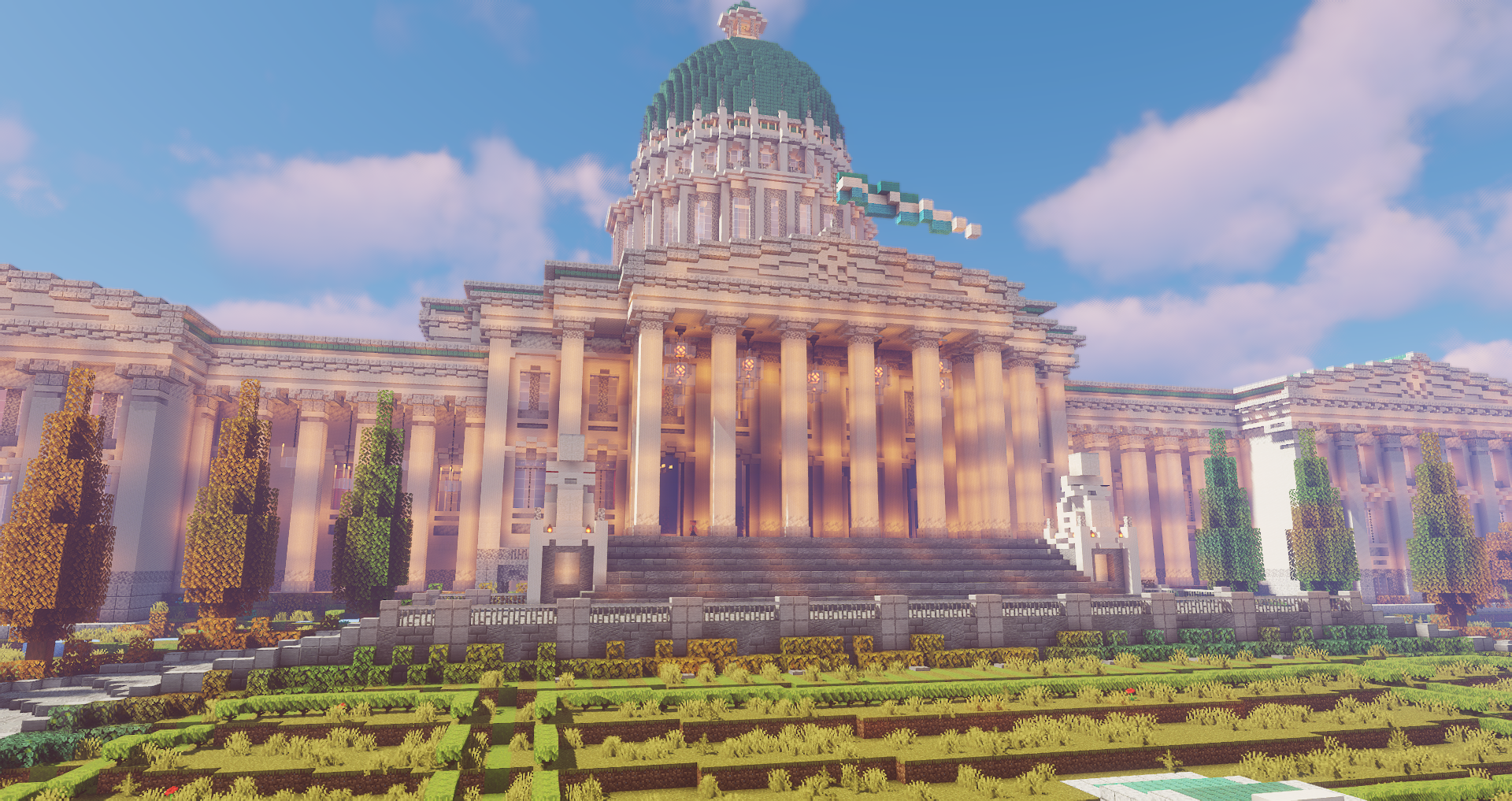Redmont’s Constitution is intended to be the foundation of DC’s political system. Instead, a recent in-depth analysis by a community member suggest that said foundation may be too dangerous to “walk on”.
The received document identifies 21 critical flaws in Redmont’s Constitution, that could cause the government to break down, be abused, or stop working properly. The author of the document, Riverardd, ranked the problems from most to least dangerous.
Jump links:
Tier 1
Based on the document, the biggest problem is the fact that the President has an unbeatable money veto. The former can block all money bills, Congress cannot override the veto, which means that the government could shut down. Courts lose money, which results in malfunctioning, and lastly, the President can stop impeachment by cutting Senate funds. This means the President could hold everything hostage, until they get what they want, which results in the destruction of the balance of power.
Secondly, on the first tier, the document mentions that amendments need a referendum, but the President can just ignore it. Changing the constitution requires a public vote, but the President is the one who must start it. If they refuse, the change never happens, meaning that the Constitution cannot be updated, unless the President wants it to. Even if everyone agrees on fixing a problem, it can’t be fixed if the President doesn’t start a relevant vote.
The last problem on tier 1 regards the fact that staff members can override any decision made by the government. Server staff can cancel any government action at any time, without any limits, appeals or rules on when they are able to do so. This means that the government doesn’t actually have final authority, but it also means that staff can undo laws, court rulings, etc. In effect, the government exists only if staff allows it.
Tier 2
Tier 2 has three more, less severe but still significant, problems. For starters, the constitution says that in order to remove a Senator, all members in that chamber must agree. For example, even if a Senator is corrupt, the other two Senators need to both agree to remove them from Congress. If one of them is a friend who supports the corrupt Senator, the latter stays.
Furthermore, regarding the Vice President position, the President can leave it empty forever. The Vice President is supposed to replace the President if needed, but there’s no deadline to pick one, so the latter can ignore it forever, which means that in an emergency where the President disappears, the backup system is messy and complicated.
Lastly, the President has the power to keep dissolving Congress. They can repeatedly force new elections, with help from chamber leadership. This means that the President could theoretically delete Congress over and over, but without it, there’s no Government balance.
Tier 3
The third tier consists of power imbalance problems. Firstly, the Constitution contradicts itself over who controls salaries. In section 24(8), it says “Salaries for government positions cannot be withheld by either the Executive or Congress“, which means that neither the President, nor Congress can stop paying government workers. However, in section 2(4), it says “Congress controls taxation, government spending, appropriations, and borrowing”. The Constitution contradicts itself, because on one section it says it controls all spending, including salaries, but on another one, it says that it cannot stop paying government workers.
Another problem is the fact that the Vice President gets to vote in the Senate. The Vice President is part of the executive branch, but they get vote power in the Senate, which violates the principle of separation of powers. Lastly, while Congress is limited during elections, the President isn’t, meaning the President could exert influence while they are ongoing.
Other Problems
Some other problems in the Constitution are the absence of safeguards, ensuring majority will, during a vote. For example, if a small amount of people show up to a vote, they could pass laws even if the majority disagrees.
Additionally, rights contradict each other. The charter says that rights cannot be removed, but other sections says rights can be removed as a punishment.
Lastly, it’s a Supreme Court “deadlock” issue. Essentially, if all 3 justices disagree in different ways, nothing happens, which leads to unclear court outcomes.
Author’s Recommendations
Riverardd suggests fixing the tier 1 problems as soon as possible, as they are the most dangerous, and then addressing the remaining issues. Deadlocks, power imbalance, democratic safeguards, and technical issues are all problems the author of the document analyzed based on Redmont’s Constitution.
Questions
CastoloGR: How can I be sure this analysis is valid?
CastoloGR: What motivated you to write a document about the flaws of the Constitution?
CastoloGR: Did you acquire help by anyone during this analysis, or was it independent effort?
CastoloGR: Are there any parts of the Constitution you think are well-designed?
CastoloGR: Some of the problems seem complex. Are you optimistic that they will be fixed? Do you believe the Government is capable of managing this reform process?






